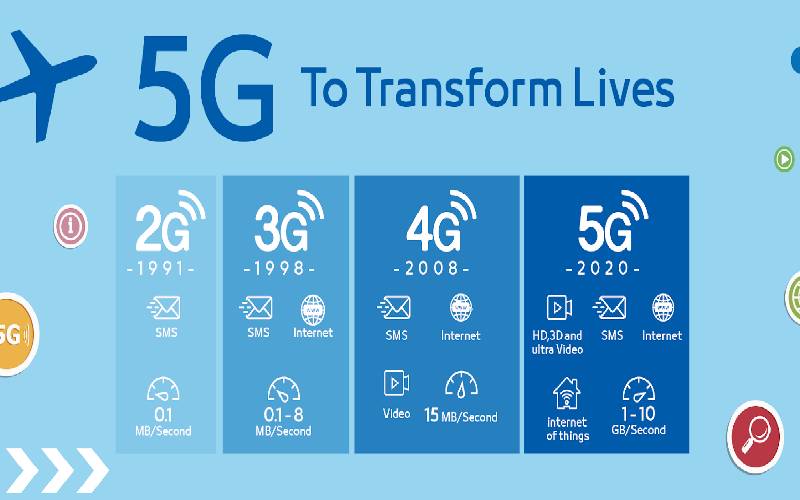×
The Standard e-Paper
Join Thousands Daily

In the early centuries, communication within and between communities was through sound instruments like drums of various types and sound pitches, flutes made from different plant reeds, and human song sounds.